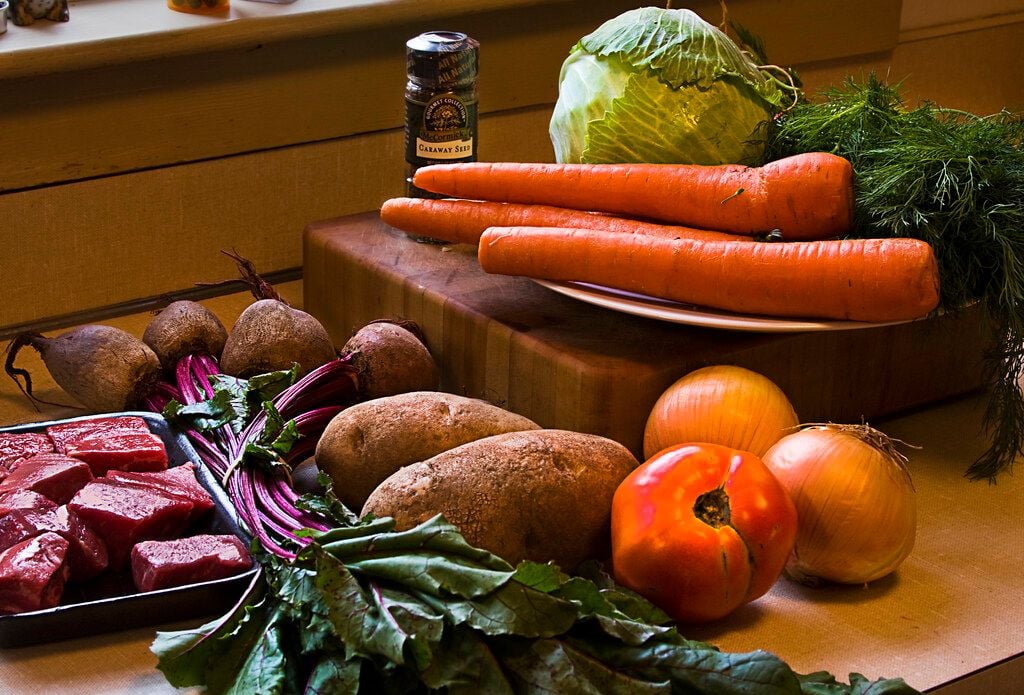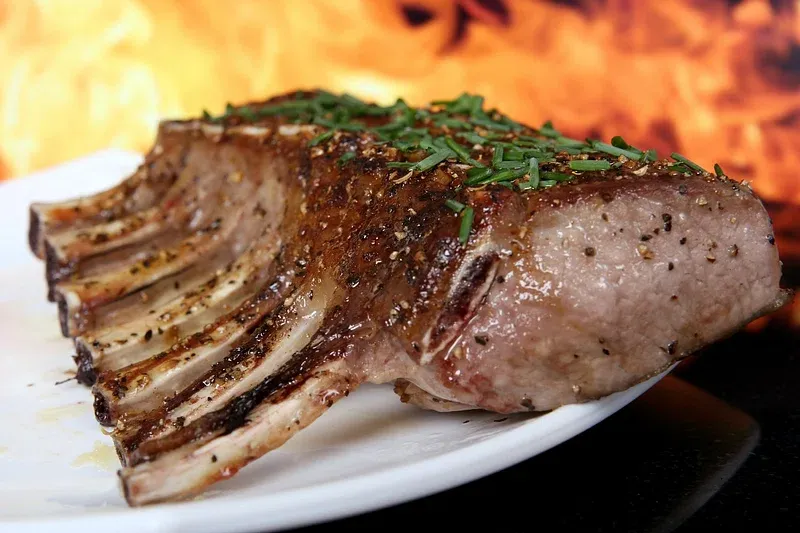
Discovering Hakka-Style Mochi: The Taiwanese Treat
- Mar 20, 2024
The Hakka people, despite being a Chinese minority group, have significantly influenced the culinary world, particularly with their agreeable Hakka-style mochi. This specialty is a cherished offering in Taiwan, where Hakka represent a fifth of the population. Chef Vivian Ku, who oversees the kitchens at Joy and Pine & Crane in Los Angeles, and Cathy Erway, a noted cookbook author, have adapted this Hakka recipe for wider audiences.
This delicacy from Taiwan that has spread to the Chinese mainland features a plain mochi, topped with a luscious, sweet, flavored powder while it's still warm and soft. Preparing the mochi base involves an easy mix of glutinous rice flour, cornstarch, sugar, and water. Glutinous rice flour or sweet rice flour, derived from short-grain rice, is commonly found at Asian grocery stores.
Black sesame seeds, another integral component, can trace their origins back to the Sesamum indicum plant from Africa. Known as one of humanity’s oldest crops, these seeds are integral to Chinese cuisine, especially in Guangdong. Their musky, slightly bitter taste complements both savory and sweet dishes - desserts and fillings included.
To maximize the shelf life, black sesame seeds need to be kept in a dry, cool place inside an airtight container for up to three months. Storing them in a fridge can extend this duration to a year.
Hakka mochi's charm lies in its modest sweetness and the delectable interplay between the nutty peanut powder and earthy sesame powder. The mochi dough, mostly neutral, serves as a perfect backdrop for the dominant flavors. Once cooked, the texture is delightfully soft and melt-in-your-mouth.
Peanut butter powder is a swift substitute for those who would prefer not to grind their own peanuts. It's key to remember to use wet hands when preparing black sesame mochi to prevent the dough from sticking. Freshly steamed, warm, soft, and pliable, these miniature delights become chewier but remain equally enticing when cooled.
Plain mochi balls can be prepared up to three days ahead and stored in the refrigerator in a parchment paper–lined container, covered securely. Before serving, reheat the mochi balls in a steam bath for 10 minutes, then immediately roll in black sesame or peanut powder. While they can be enjoyed at any time, freshly-prepared ones are especially irresistible, consumed warm or at room temperature.






